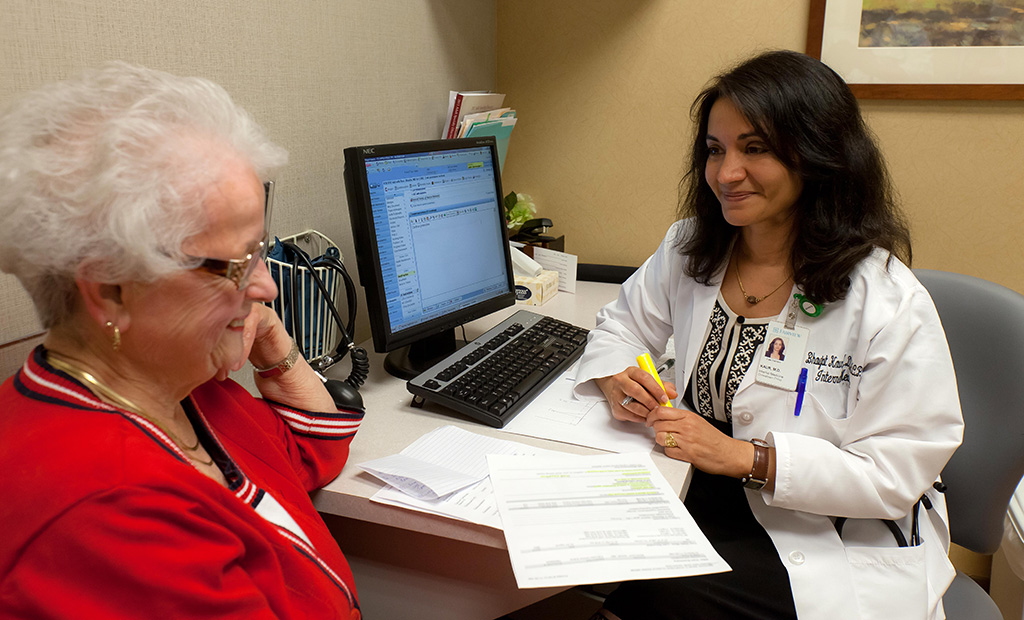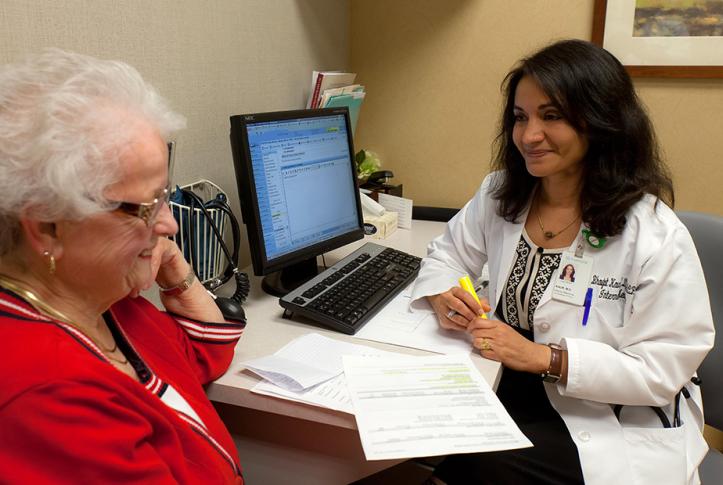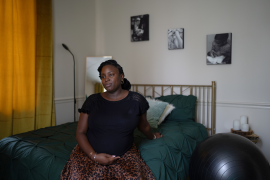Today, JAMA Internal Medicine published a three-year study of a patient-centered medical home intervention in northeast Pennsylvania, concluding that it improved quality and reduced the use of some expensive medical services such as hospitalizations and emergency department and specialist visits.
The positive results of this Commonwealth Fund–supported study may come as a surprise to some. A highly discussed article published last year led by the same team at RAND (including me) used the same methods to evaluate an earlier version of the same intervention in southeast Pennsylvania and found virtually no positive effects on cost or quality after three years.1 That study and several others have been cited widely to suggest that the patient-centered medical home model of primary care cannot deliver on the promise of better care and lower costs.
Does the patient-centered medical home work? Which set of results should policymakers believe? These are actually the wrong questions. Instead, we should ask why some medical home demonstrations have produced positive results while others have not. 
The northeast/southeast Pennsylvania comparison is instructive in this regard. I believe several factors missing from the southeast demonstration probably contributed to positive results in the northeast. First, primary care practices in the northeast intervention were eligible to share in the payers’ financial savings if they reduced the use of expensive services and met quality benchmarks. This wasn’t true in the southeast demonstration.
Second, primary care practices in the northeast were trained to apply a care model that would help them manage complex patients more effectively. Third, the health plans committed to giving participating practices timely data on their patients’ use of hospitals and emergency departments. Finally, the intervention in the northeast was refined in other ways based on early lessons learned in the southeast.
The Gartner hype cycle describes the introduction and eventual maturity of new technologies, but it can also be applied to other innovations such as the patient-centered medical home. It describes an early peak of high (and usually unrealistic) expectations (hype), followed by a dashing of expectations once early evidence is disappointing. Since 2007, when stakeholders first gathered to define the patient-centered medical home model, expectations have indeed been high.2 The medical home was expected to reduce costs and improve quality, quickly.3
Not surprisingly, early evidence, including our study last year, dampened the high hopes, leading to what Gartner calls the “trough of disillusionment.” The medical home does not seem to work. Perhaps it will never work! But the cycle does not end at that point. As the innovation is refined and reevaluated, successes begin to emerge. For the patient-centered medical home, 11 of 14 evaluations published over the past 18 months have found positive effects, suggesting that we are on the “slope of enlightenment,” where we move past the simplistic question, “Does it work?,” to the more compelling question, “What features of the medical home model will make it more effective going forward?”
Will the patient-centered medical home solve all of the cost and quality challenges of the U.S. health system? No. But today’s result is an important step in the progression of this innovation—and one from which delivery system innovators, the Center for Medicare and Medicaid Innovation, and policymakers can draw lessons. Like a new technology, success in delivery system innovation is rarely immediate or complete, especially in the early years. Pulling the plug may be prudent, but pulling it too early could leave us without powerful tools that can improve quality and keep care affordable.
Notes
1 M. W. Friedberg, E. C. Schneider, M. B. Rosenthal et al., "Association Between Participation in a Multipayer Medical Home Intervention and Changes in Quality, Utilization, and Costs of Care," Journal of the American Medical Association, Feb. 26, 2014 311(8):815–25.
2 M. W. Friedberg, P. S. Hussey, and E. C. Schneider, "Primary Care: A Critical Review of the Evidence on Quality and Costs of Health Care," Health Affairs, May 2010 29(5):766–72.
3 M. Bailit and C. Hughes, The Patient-Centered Medical Home, A Purchasers' Guide (Patient-Centered Primary Care Collaborative, 2008).




